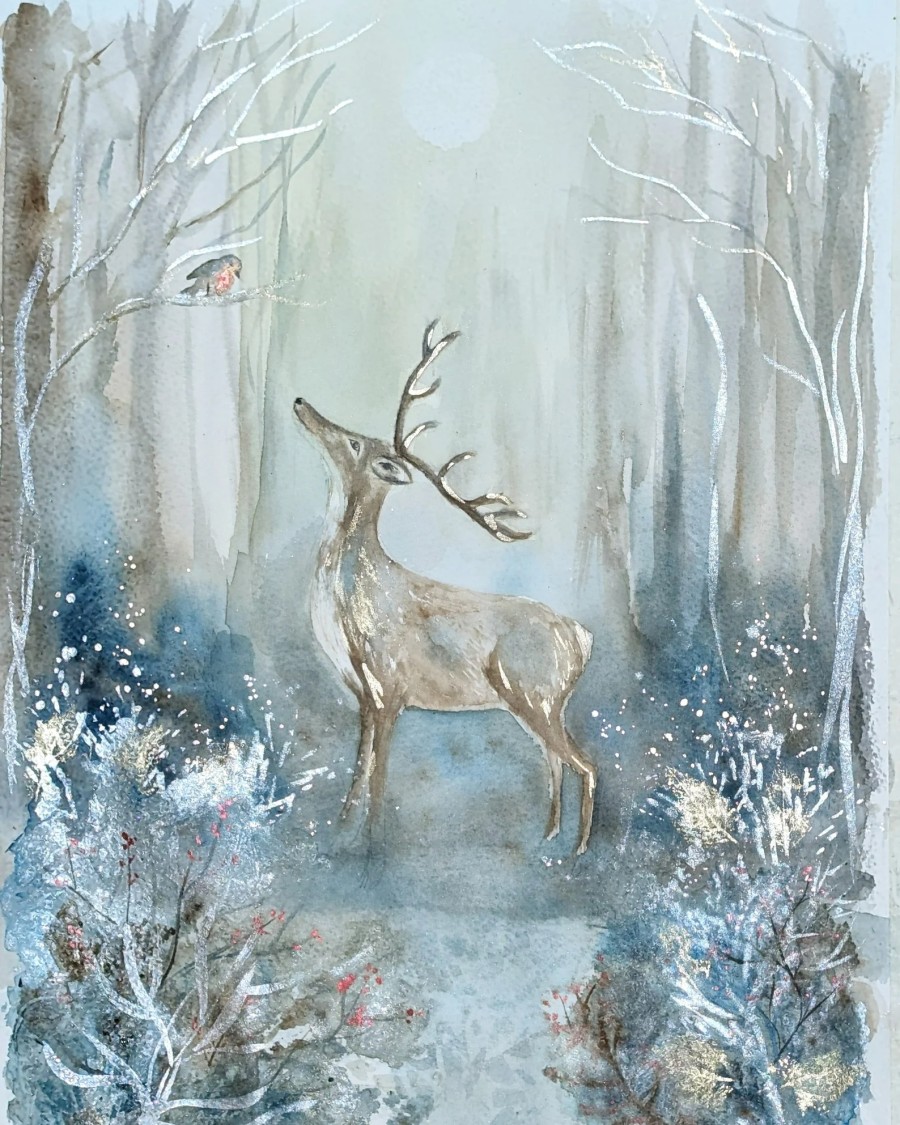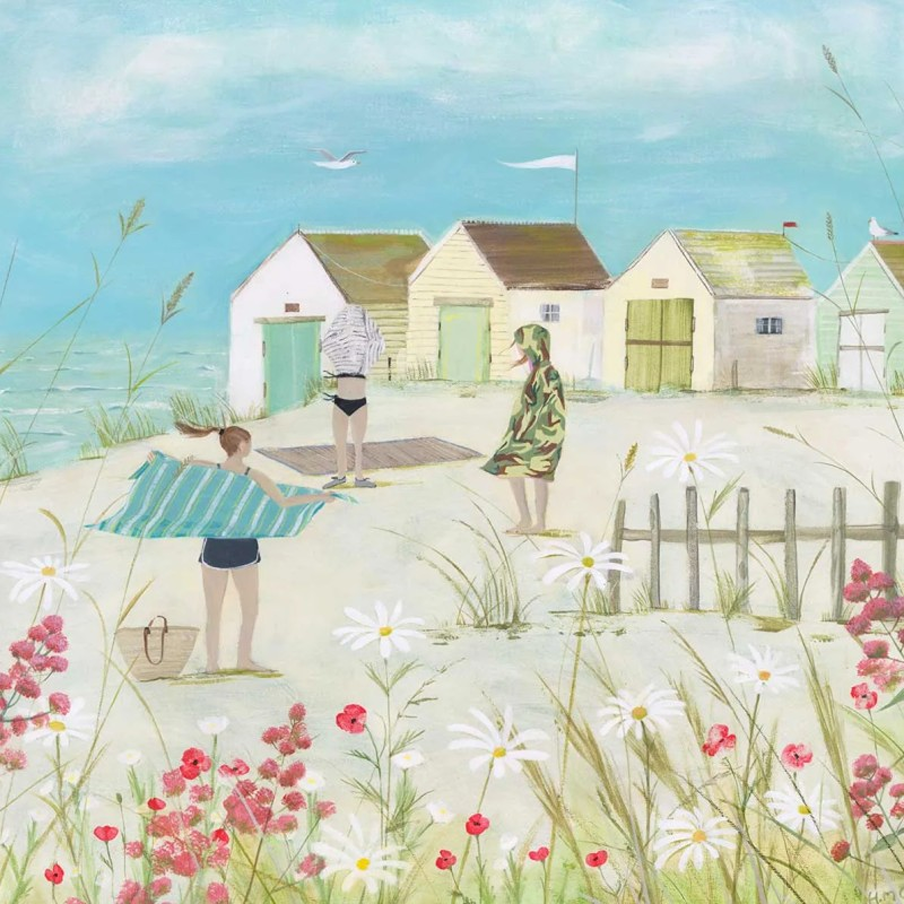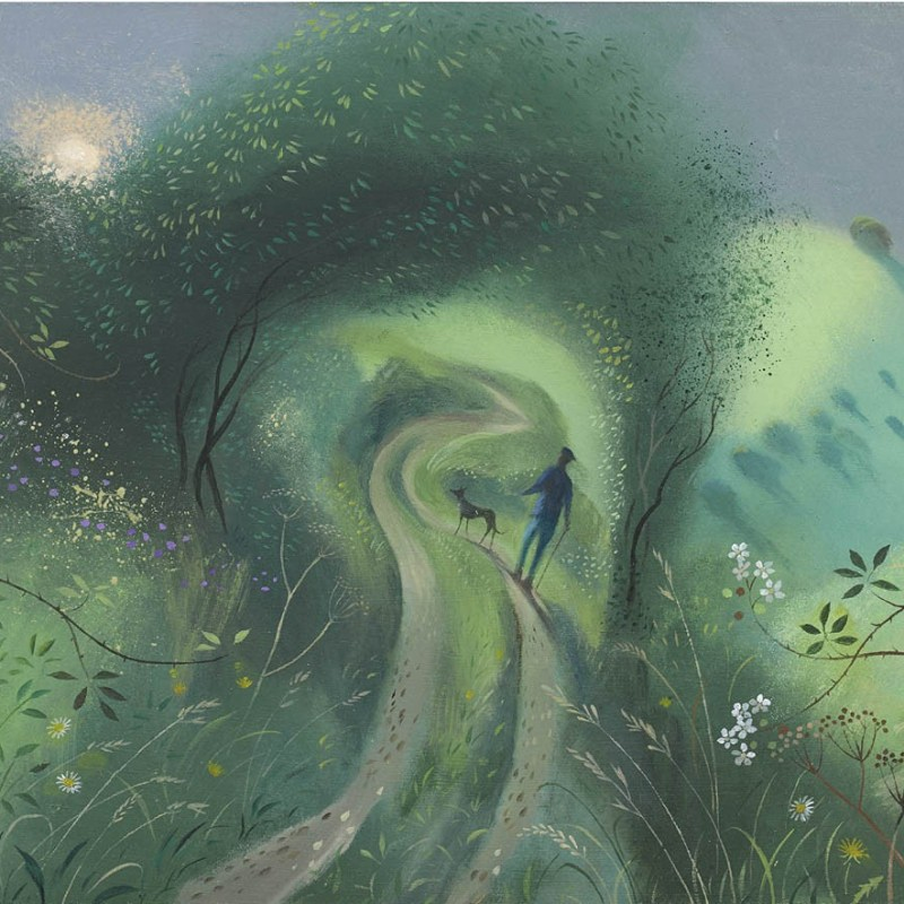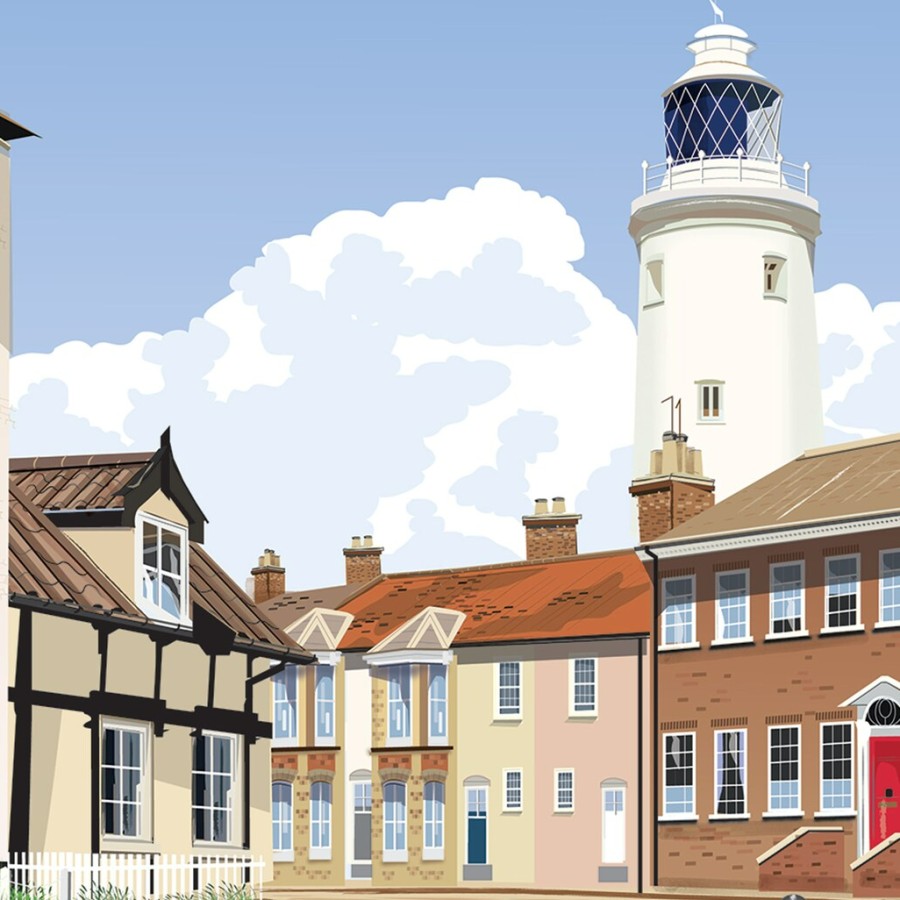
Suffolk also features a stunning 50-mile coastline. Southwold (above) is an affluent resort, known for its lighthouse in the middle of the street. The pier (rebuilt after the first one was lost in a storm in 1934) features interactive machines and a ‘pair of piddlers’ sculpture made from upcycled hot water cylinders (who perform every 30 minutes!)
home to many of our resident seals
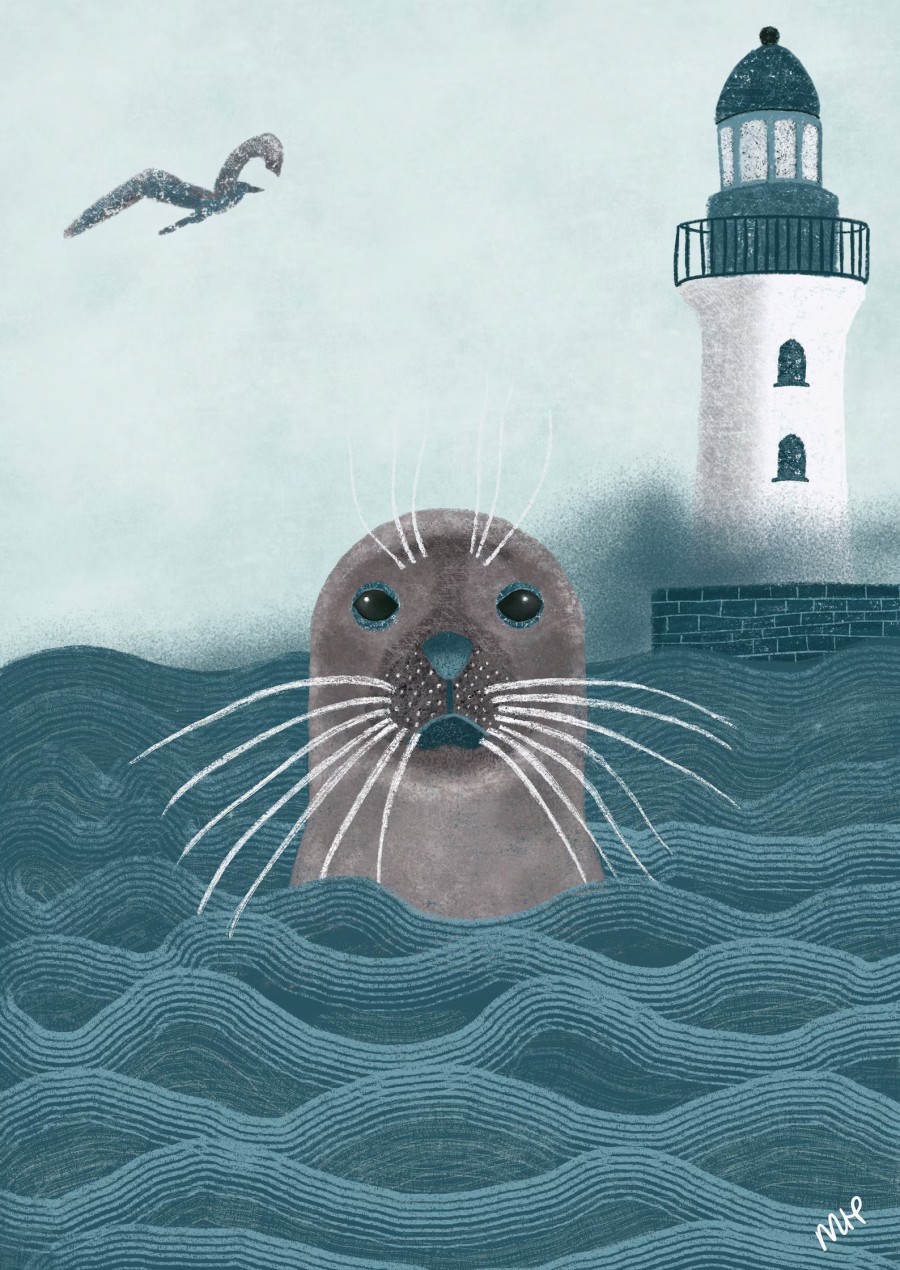
Always leave seals alone (pups cannot survive if spooked back into the sea, as their blubber is not thick enough to prevent freezing/drowning). Keep dogs away from seals, as seals often hide their pups in sand dunes (especially during breeding season). Read how to help our grey & harbour seals.
birds & wildlife love the Suffolk Broads
The Broads are manmade (hundreds of years ago by filling old peat pits with water) and now is home to around 25% of all England’s rarest wildlife, enjoying life alongside pretty windmills and ancient monasteries. It also has over 200km of waterways that are popular for people on boating holidays and is now England’s largest protected wetland and the third largest inland waterway.
Also home to many rare plants (including milk parsley), you’ll also spot rare birds (crane, bittern, marsh harrier), Norfolk hawker dragonflies, swallowtail butterflies and the fen raft spider. The Broads also have traditional sailing wherries (canal boats).
home to the most easterly point of England

Near the harbour, you can take a river ferry trip in a rowing boat to the pastel-housed-village of Walberswick (only 1 mile away, but a long trip by car). Although not as picturesque, the town of Lowestoft is home to Ness Point (the most easterly point in England, where many visit to watch the sun rise).
home to ‘Constable Country’ (The Hay Wain)
Inland Suffolk is ‘Constable Country’. If you grew up with a picture of his painting ‘The Hay Wain‘ on your living room wall, it was set here. The artist was born in a village on the River Stour in the 1700s, and the white cottage (owned by a neighbour) still exists.
reasons to avoid betting on horses
Newmarket is popular for horse-racing but League Against Cruel Sports wants races of 4 miles or more (with fences) to be banned. Others want a government body responsible for racehorse welfare (and £12 million of prize money directed to racehorse aftercare).


